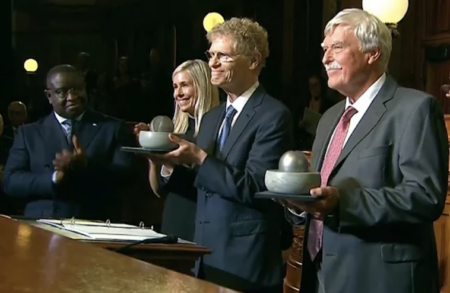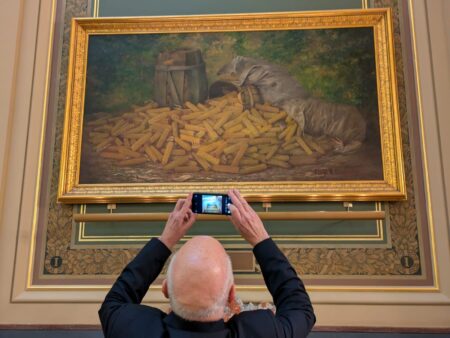With all eyes on Cali for the UN Biodiversity Conference (CBD COP16), it is timely to have a close look at National Biodiversity Strategies and Action Plans (NBSAPs) from different perspectives. Do they properly address plant genetic resources for food and agriculture, for example? And if they do, do they make the link to nutrition?
That latter question is investigated in a new report from the Initiative on Climate Action and Nutrition (I-CAN), entitled “Biodiversity and Nutrition Synergies: Evaluating National Biodiversity Strategies and Actions Plans for Integration.”
Spoiler alert:
The majority of NBSAPs mention food security (74%), indigenous knowledge (73%), and genetic diversity of crops (65%) yet did not link these concepts to nutrition. This presents a foundation and opportunity for future NBSAPs to develop these linkages…
So, out of all NBSAPs analysed, 168 (65%) mention genetic diversity. But of those, 99 show “no intentional connection between biodiversity and nutrition.”
Here’s an example from the report of an NBSAP that does show a connection, to show that it’s not difficult, really:
In describing the status and trends of biodiversity in Malawi, the NBSAP covers flora species diversity. Here, the NBSAP lists 14 species (e.g., Dioscorea bulbifera or yam, Curcubita maxima or squash, and others) that have a high nutritive value but are declining in production due to being out competed by major crops. The NBSAP also considers the contribution of different sectors to the country’s total protein supply.
So, overall, lots of missed opportunities to make an even stronger case for the conservation of biodiversity, in Cali and indeed elsewhere.

